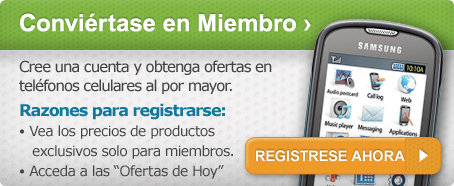
Venta al por menor y mayor de accesorios de celulares y tablets updated their profile... - Venta al por menor y mayor de accesorios de celulares y tablets

repuestos y accessorios celulare - repuestos y accesorios celulares - DBKEY ELECTRONIC LIMITED | LinkedIn

DONDE COMPRAR ACCESORIOS para CELULARES por MAYOREO - inicia tu propio negocio de celulares. - YouTube

Distribución de celulares al por mayor. Mayorista de teléfonos celulares para Estados Unidos y Latinoamérica | TodaysCloseout.com

Venta al por MAYOR Y MENOR de accesorios de... - «Acces Movil Shop» - Al Por MAYOR Y MENOR Accesorios De Celulares | Facebook














